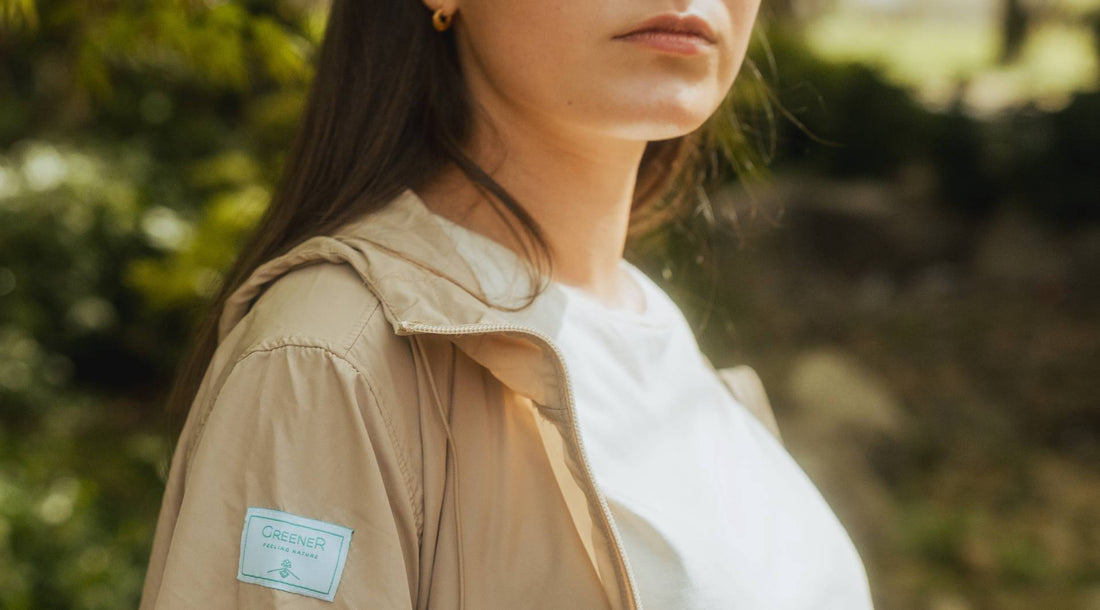Have you ever wondered what the difference is between eco-friendly clothing and organic clothing? Although both options are more sustainable than conventional fashion, they have different characteristics that make them unique. Below, we give you the definitive guide to differentiate these two types of fashion.
We define ecological clothing
Eco-friendly clothing focuses on minimizing environmental impact throughout the entire production process. This includes the use of recycled materials and
processes that reduce the amount of water and energy used, as well as the waste generated. In addition, special attention is paid to reducing CO2 emissions into the planet.
Organic clothing, what do we mean?
Organic clothing is produced using materials that come from plants grown without pesticides, herbicides or chemical fertilizers. Organic cotton is a popular example, known for its softness and for being kind to the skin. Organic production not only protects the health of consumers, but also that of farmers and the environment.
Learn to differentiate them
Before buying a garment we always recommend doing some research, so we give you some TIPS to help you in your purchasing process:
- Look for labels and certifications on clothing. Organic clothing is usually certified with the GOTS (Global Organic Textile Standard) type, and eco-friendly clothing usually has OEKO-TEX or Blue Sign certifications, which guarantee sustainable practices in the manufacturing process.
- Look at the materials . Organic clothing is made only from organic materials, while eco-friendly clothing may include some variety of sustainable or recycled materials.
- The production process is key. Organic clothing starts at the cultivation stage of the materials, while eco-friendly clothing takes a broader approach to the entire production and distribution process.
Now that you have all the information, the change is in your hands.

